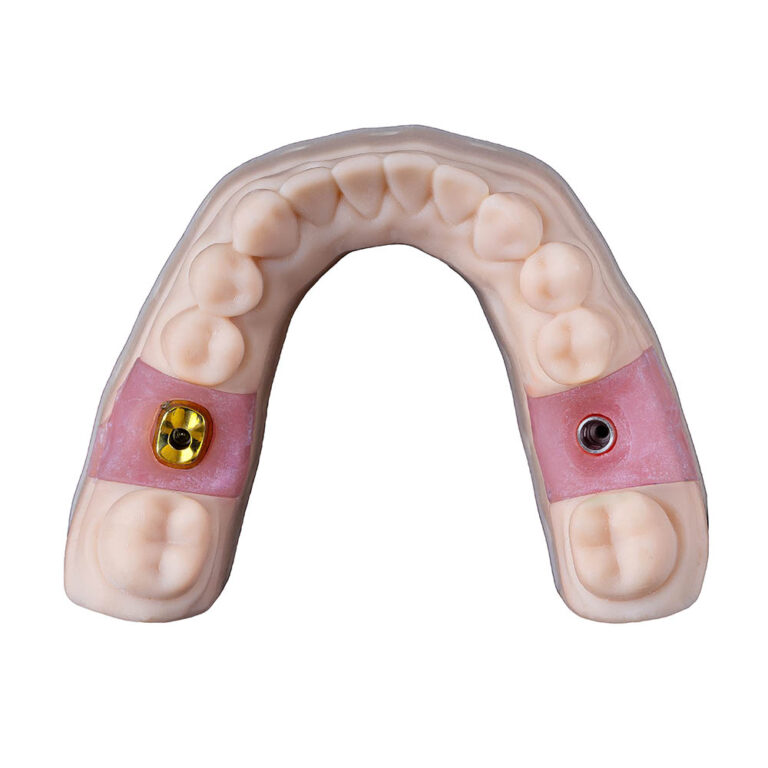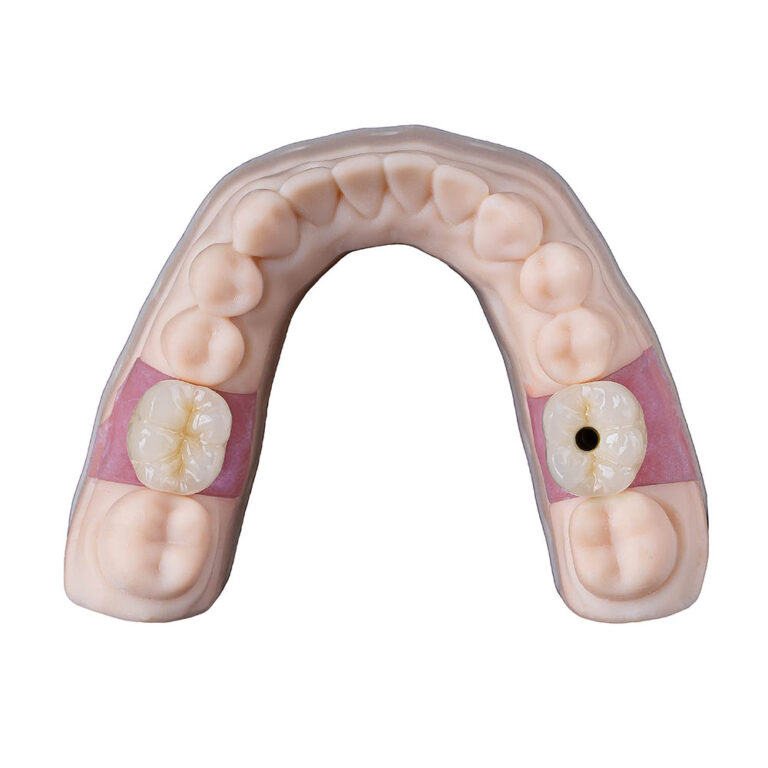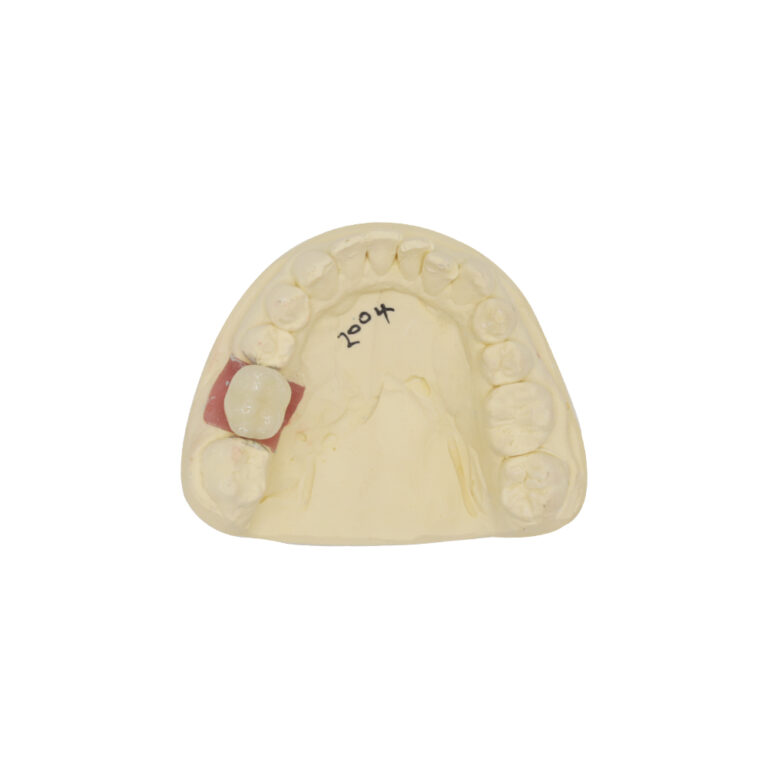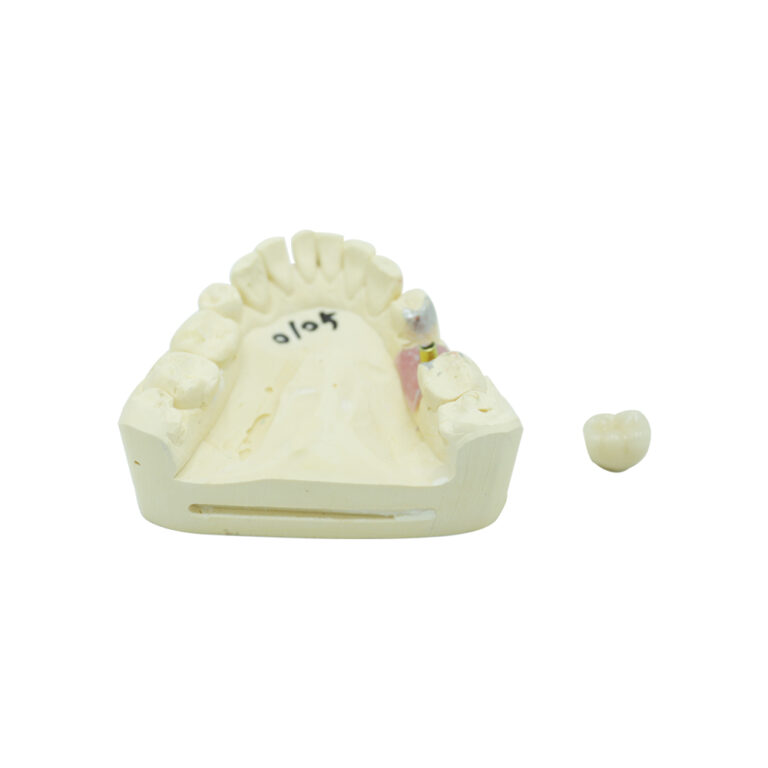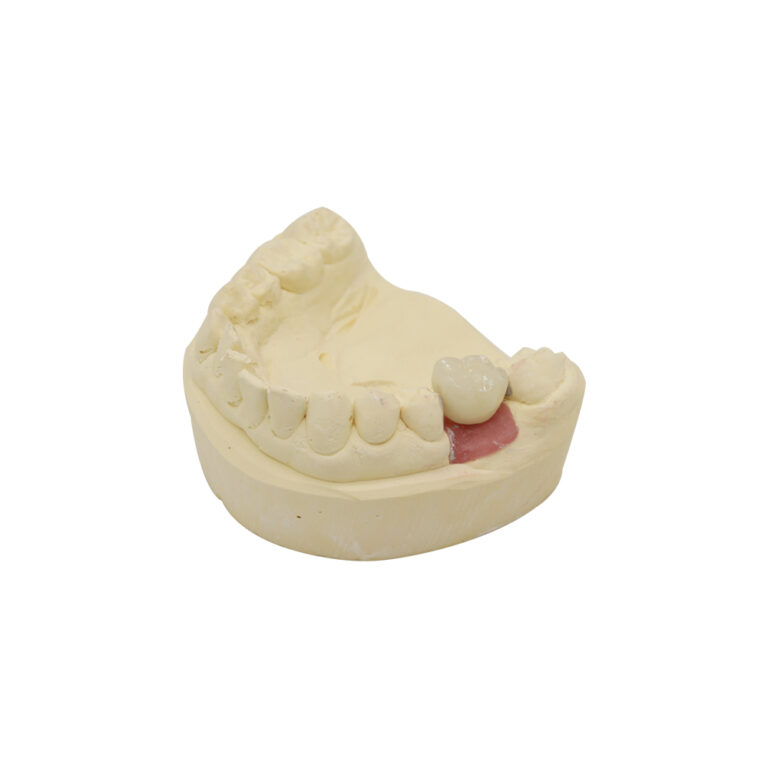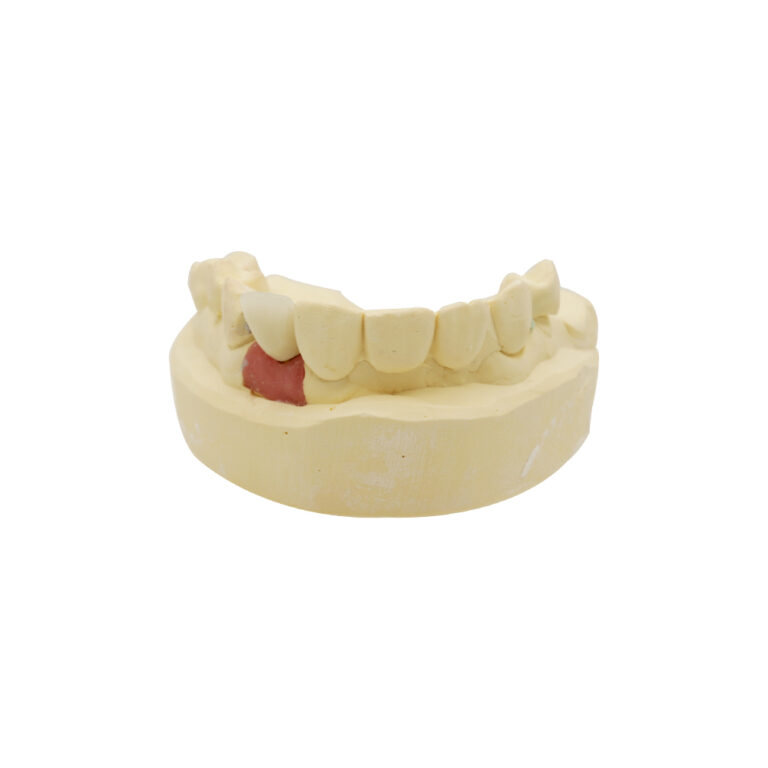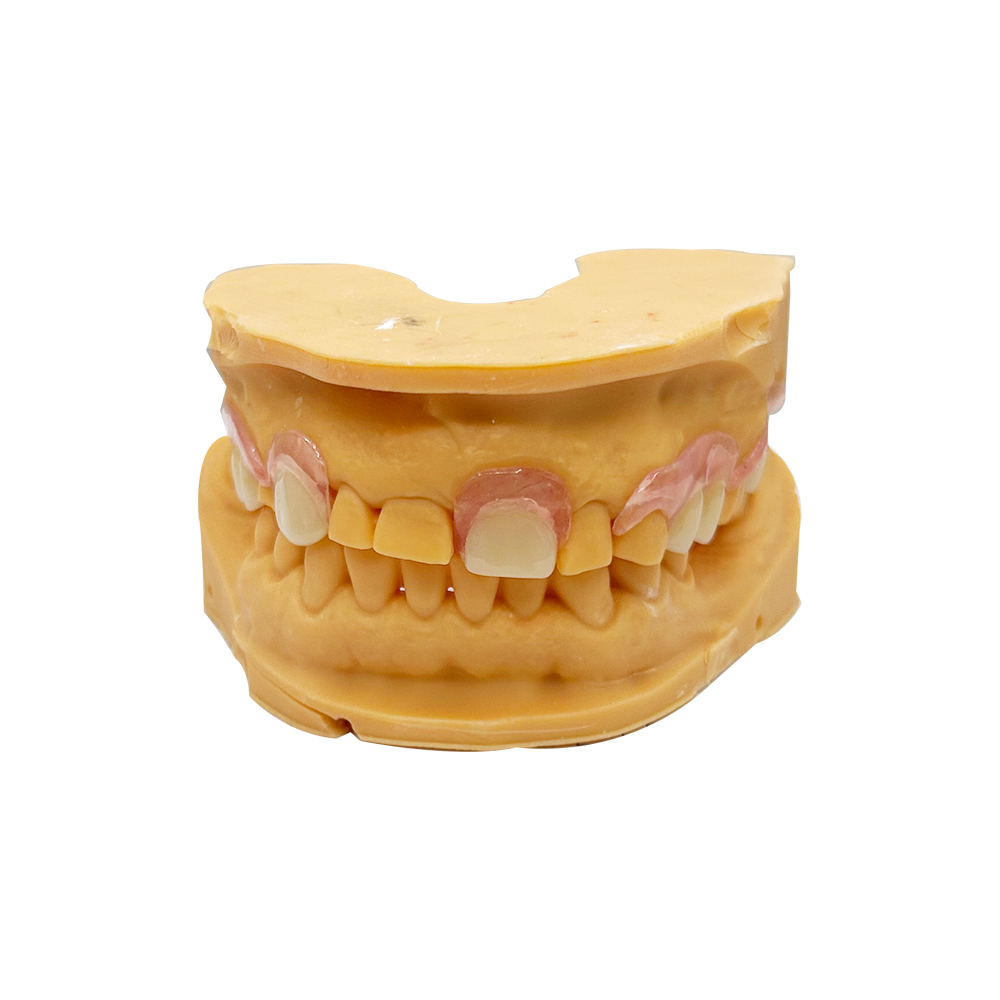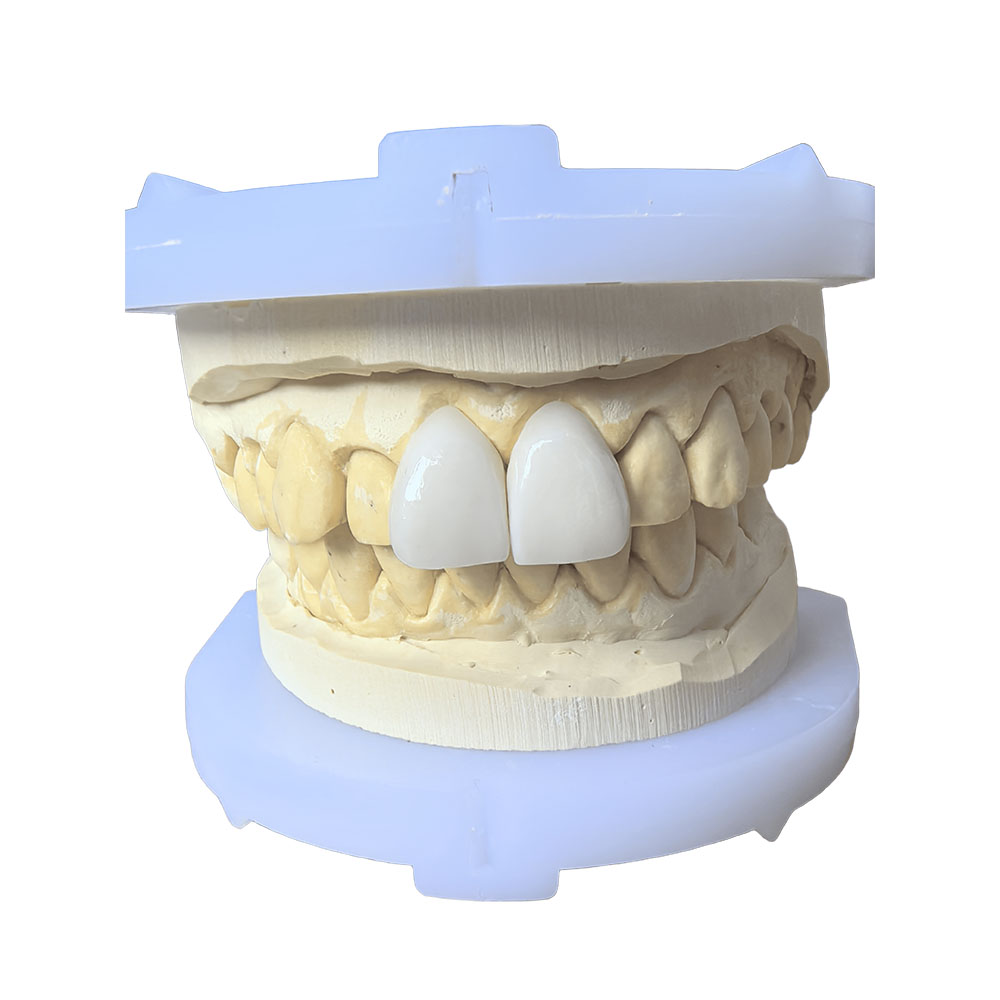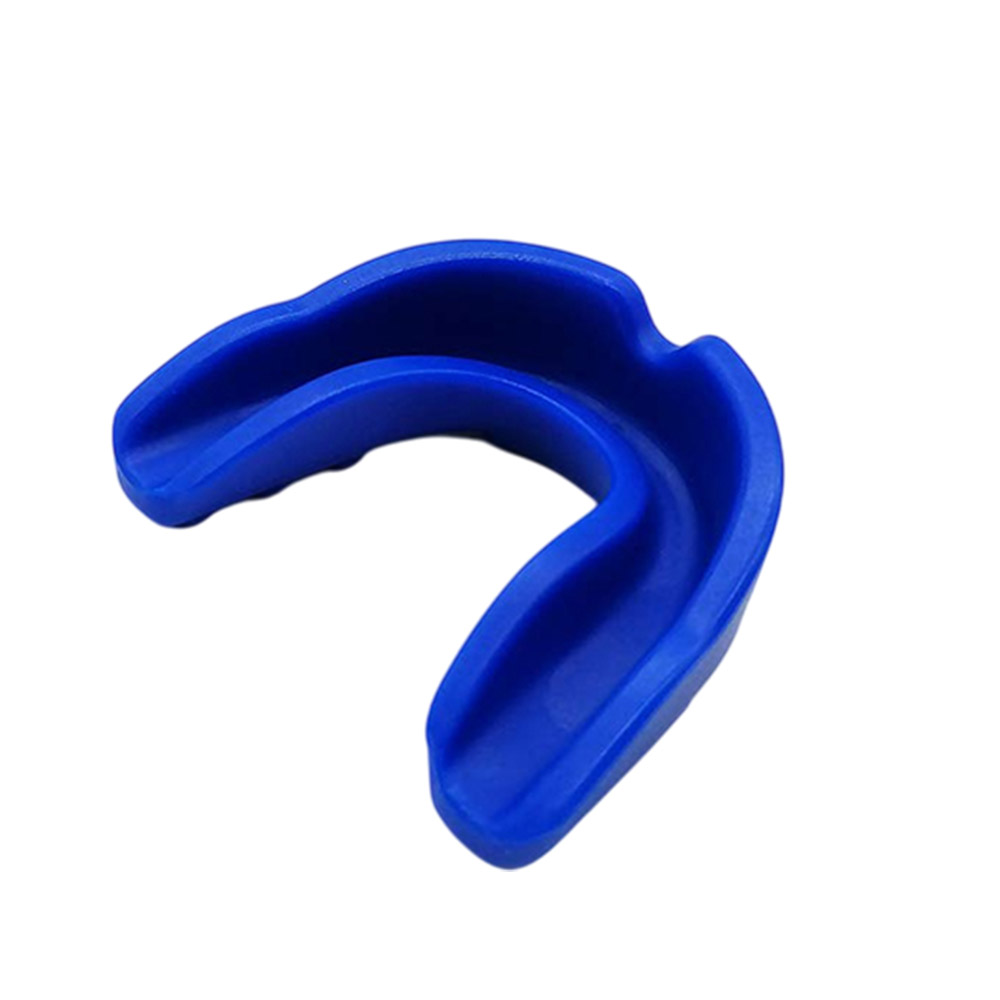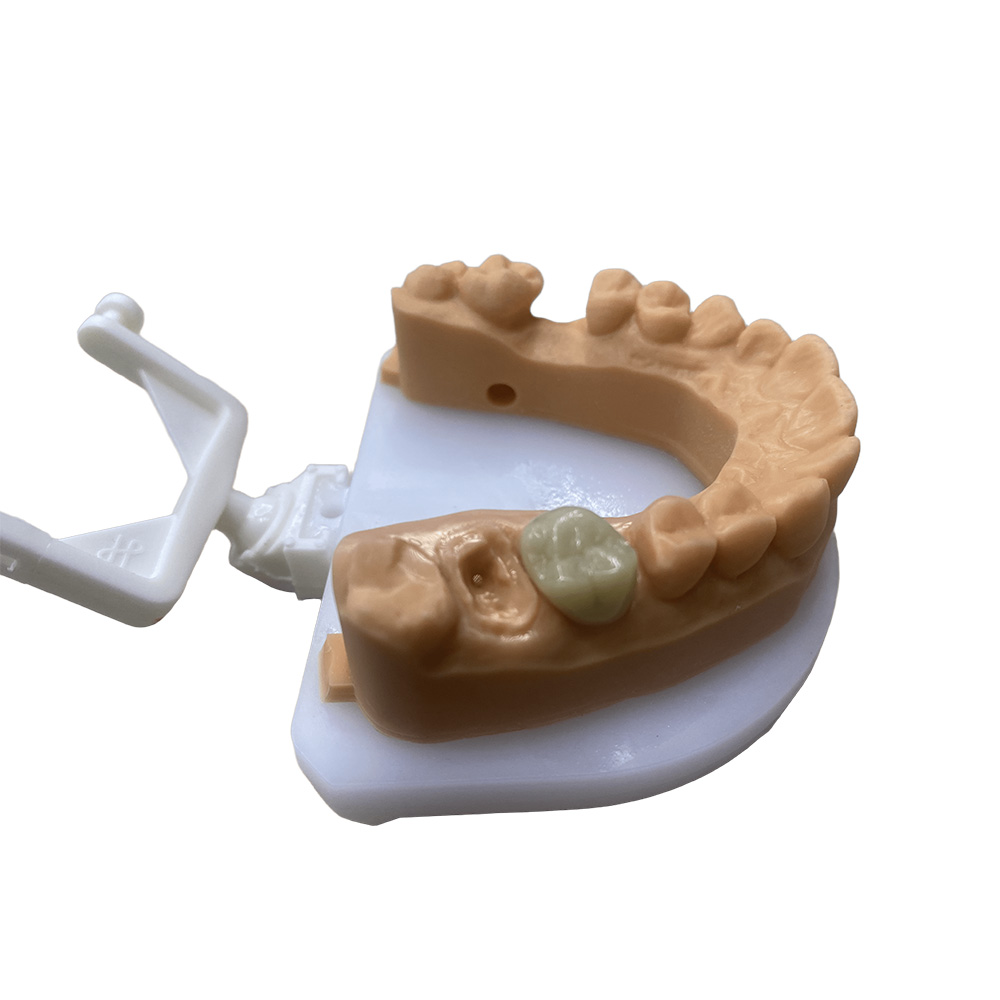
Cement Retained Implant Crown
Your Top Partner for Cement-Retained Implant Crown Solutions
As one of the top five dental laboratories in China, Istar Dental Lab is dedicated to supporting our global partners—dentists, dental clinics, hospitals, and other dental labs—with the latest knowledge and high-quality dental restorations.
Cement-retained implant crowns are a key part of implant dentistry. They are a way to restore a tooth where the final crown is glued onto an implant abutment. This method uses the same ideas as traditional crown and bridge work, offering a process many dentists already know.
We know you need accurate and reliable results for your patients. That is why we are experts in the cement retained implant crown. We offer a full service that helps you from the first scan to the final crown placement. Our goal is to make your job easier and help you give your patients beautiful, lasting smiles. A cemented implant crown from our lab is a mark of quality.
When to Use Them, When to Avoid Them, and Choosing the Right Patients
The careful choice of cement-retained implant crowns depends on a full review of the clinical situation, patient needs, and what the restoration needs to do. Istar Dental Lab believes in a careful, detailed approach to get the best results.
Good Times to Use Them (Indications)
Cement-retained implant crowns are often the best option in several clinical situations:
- Front Teeth (Esthetic Zones): For front teeth, where a screw hole might harm the appearance, cement-retained crowns offer a much better look by getting rid of the need for a hole on the chewing or front surface. This works especially well when the implant is at the perfect angle, allowing for careful control of how the crown comes out of the gum without the risk of cement squeezing out.
- Medium Biting Space (Interocclusal Space): For back teeth, where the biting space is medium to large (usually >4 mm), cement-retained crowns allow for the best chewing surface shape and make it easier to get a stress-free fit. Even with a little less space (3–4 mm), they can still be a good option with careful abutment choice and by designing margins above the gumline.
- Tricky Angles: When the implant angle is not ideal (e.g., more than 15–20° off), cement-retained crowns can be used to avoid screw holes in areas important for looks or function. This allows for a better crown shape and bite.
- Need for a Stress-Free Fit: The gluing process allows for small mismatches between the implant and the crown, helping to get a stress-free fit compared to a screw-in crown, which can sometimes cause stress on the implant parts and nearby bone.
- Simpler Lab Work: For many regular labs, making cement-retained crowns can be simpler, especially when using standard stock abutments, making the process potentially easier.
When Not to Use Them (Contraindications)
Even with their benefits, there are specific times when cement-retained crowns should not be used or require extra care:
- Very Little Biting Space: In cases with very little biting space (<3 mm), cement-retained crowns are generally not recommended. This is because the material isn’t thick enough, which weakens the crown and makes it hard to get a good emergence profile. For spaces less than 2 mm, they are definitely not recommended. In these cases, screw-retained or custom abutment options are usually better.
- Need to Be Removable: If you expect to need to remove the crown in the future (for example, to access the screw, for maintenance, or for future changes), screw-retained crowns have a clear advantage. While some dentists try using temporary cement to make them removable, there is not much proof that this works well or is safe for the long term.
- Risk of Peri-Implantitis from Extra Cement: This is maybe the most important reason not to use them. Many studies have clearly shown a strong link between extra cement and gum disease around the implant, especially when cement is squeezed out under the gumline. This risk is much higher in cases with deep gums or where it’s hard to clean away all the cement. For this reason, cement-retained crowns are not recommended for patients who have had peri-implantitis before or have poor oral hygiene, or when the crown margin is deep under the gum.
- Thin Gums: In patients with thin gums, the risk of cement squeezing out and causing swelling is higher, making screw-retained options often safer.
- Not Enough Room for the Abutment: If the implant is in a spot that severely limits the space for a properly sized abutment, a cement-retained option might not be possible.
Istar Dental Lab works closely with dentists to look at each case carefully, using our knowledge in digital design and materials to recommend the best and most reliable restoration.
A Full Range of Restoration Choices
Every patient is different. We offer many types of restorations to meet every need. Our team uses its deep knowledge to help you choose the best option. We can help you decide in the great cement-retained vs. screw-retained debate.
Here are some of the choices we offer:
- Zirconia:
- Features: Zirconia (Y-TZP) is famous for being very strong and tough. It works very well with the body, and because it’s not see-through, it’s great for hiding dark abutments or implant parts.
- Uses: Full-contour zirconia crowns are very long-lasting for back teeth and can handle strong biting forces. Layered zirconia (with a porcelain top layer) looks better for front teeth but has a higher risk of chipping.
- Things to Know: It needs a special surface preparation (like sandblasting) to bond well with resin cements.
- Porcelain-Fused-to-Metal (PFM):
- Features: This type combines a strong metal base with a nice-looking porcelain top. It resists breaking well and has a long history of success.
- Uses: It can be used in many situations for both front and back teeth. It’s often picked for its strength and ability to hide what’s underneath.
- Things to Know: It can sometimes show a dark line at the gum due to the metal part. The porcelain can also chip.
- Lithium Disilicate (E.max):
- Features: This is a glass-ceramic material known for looking great, being translucent, and having good strength. It can be shaped from a block or pressed.
- Uses: It’s perfect for front crowns and veneers where looks are most important. It’s also good for single back crowns where biting forces are not too heavy.
- Things to Know: It needs special surface treatment with hydrofluoric acid and a silane agent to bond reliably with resin cements.
We also have experience with other solutions, like the Maryland bridge, removable denture, All-on-4/All-on-6 prostheses, conditionally removable restorations, and designs using telescopic retention.
Top-Quality Parts and Materials
The long-term performance of a cement retained implant crown depends on the parts used. We only use the best materials for great results that work well with the body. The long life and success of these crowns are closely tied to the careful selection of materials and cements. Istar Dental Lab has a deep knowledge of materials to provide restorations that meet the highest standards for strength, looks, and safety.
| Component | Material Options |
| Abutments | The choice of abutment material affects how the gums react, as well as strength and looks: Zirconia Abutments: Recent studies (2022–2024) show that zirconia abutments, especially those made with CAD/CAM, cause a better reaction from the gums (less bleeding, less swelling) than titanium or hybrid abutments. They look great, especially for front teeth, because of their tooth-like color. Titanium Abutments: Titanium is still a strong choice, especially for back teeth or where biting forces are high. Titanium abutments are still stronger than zirconia and less likely to break under extreme force. Hybrid Abutments (Titanium Base with Zirconia Top): These designs mix the strength of titanium with the looks of zirconia. While popular, recent 5-year data (2024) shows a slightly higher chance of a tiny gap forming where the two materials meet, which could let bacteria grow if not handled right. Istar Dental Lab uses very strict gluing methods for these designs to lower this risk. |
| Crown Materials | The choice of crown material depends on what looks best, the biting forces, and patient choice. Zirconia: (Features: very strong, >1000 MPa; Uses: Full-contour for back, layered for front; Things to Know: needs surface treatment for bonding). Lithium Disilicate: (Emax) (Features: looks great, 360-400 MPa strength; Uses: Perfect for front crowns/veneers; Things to Know: needs HF acid etching and silane). Porcelain-Fused-to-Metal (PFM): (Features: strong metal base, good history; Uses: Good for front and back teeth; Things to Know: can chip, may show a dark edge).Istar Dental Lab uses only the best materials, making sure every crown we make passes strict quality checks for strength, fit, and looks. |
| Cements (Luting Agent) | We can help you choose the best glue. This includes temporary or permanent cement. Choices include resin cement, resin-modified glass ionomer cement, zinc phosphate cement, or polycarboxylate cement. For temporary use, we suggest a non-eugenol zinc oxide temporary cement. |
A Perfect Fit and Finish
The accuracy of the abutment and crown is very important for long-term success. Studies from 2023 show that digital scans create a better fit at the edges for CAD/CAM abutments and crowns (with gaps as small as 35–50 μm) compared to traditional molds (60–90 μm). This accuracy is directly linked to less leakage and better long-term gum health around the implant. Istar Dental Lab’s modern digital process ensures this level of accuracy.
Built to Last (Biomechanical Performance)
Computer analysis (FEA) and lab tests (2022–2024) show that custom CAD/CAM abutments with well-designed emergence profiles spread out biting forces more evenly on the bone around the implant. This lowers areas of high stress by up to 25% compared to stock abutments. This is very important for back teeth and for patients who grind their teeth, helping the implant stay stable for a long time.
Istar Dental Lab’s focus on advanced CAD/CAM technology and careful design ensures our cement-retained implant crowns and custom abutments not only look better but are also safe for the body and mechanically strong, providing reliable and lasting solutions for your patients.
Our Simple Digital Process
We want to save you time in the dental chair. Our process is smooth and easy. We use modern tools to make sure every cemented implant crown is perfect. Here are the steps:
- Send Your Case: Start with digital scans from your intraoral scanner. Our digital process is easy to use. We also accept traditional molds.
- Design: Our experts use CAD/CAM technology to design the crown. We pay close attention to the emergence profile, the bite, and getting a stress-free fit. We can also design for an angled screw hole if needed.
- Creation: We make the crown with great care. A placement guide (seating jig) can be made to help put it in. We can also do the cementing in the lab for “screwmentable” cases.
- Delivery: We send the final crown to you, ready for the cementing procedure.
Planning for Success and Avoiding Problems
A well-made cement-retained implant crown will last a long time. But we also help you plan to avoid problems.
- Extra Cement: The biggest risk is leftover cement under the gums. Many studies have clearly shown a strong link between extra cement and gum disease around the implant, especially when cement is squeezed out under the gumline. This can cause gum irritation, soft tissue damage, peri-implant mucositis, and even peri-implantitis. This can lead to bone loss and implant failure.
- Our Solution: We design crowns with margins above the gum whenever we can. This makes cleaning extra cement much easier than with deep margins. We might use special tools to double-check the fit. Using a chlorhexidine gel like Go-Chx-Gel can also help with oral hygiene.
- Other Problems: We also design to avoid screw loosening, crown fracture, leakage, and infection. We carefully check the biting space, abutment height, and abutment shape. Good planning prevents the need for difficult crown removal or complex surgery later on. We think about implant care from the very beginning.
This careful planning helps control the final cost of dental implants for the patient by avoiding future issues.
Partners and Brands You Can Trust
Let’s work together. Let us be your partner for every cement retained implant crown and cemented implant crown case. We provide the quality and support your practice needs to grow.

